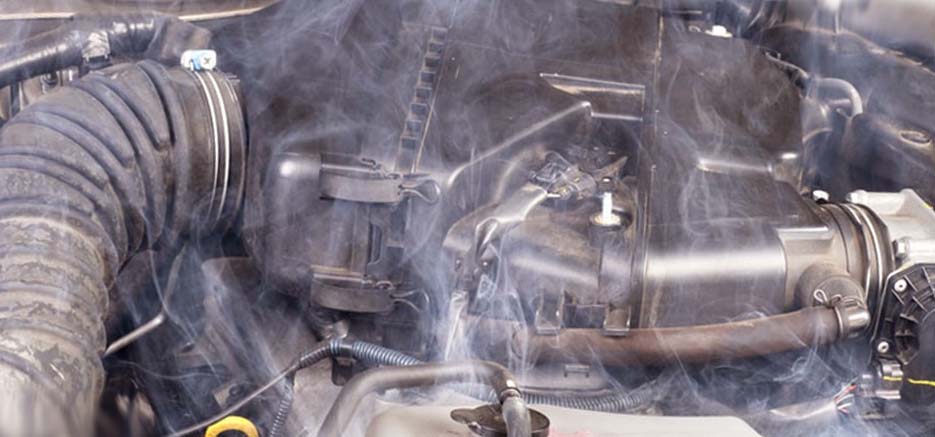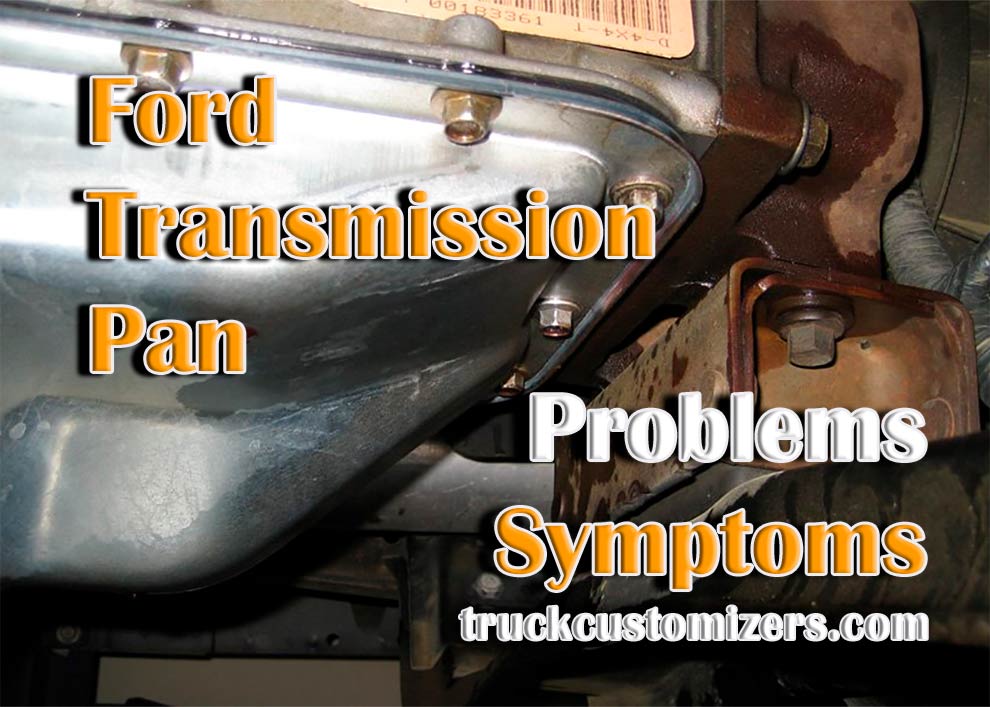Transmission overheating is a common problem that can lead to serious and costly damage to your transmission system. It’s important to know the signs of overheating and how you can prevent it. In this article we will cover the causes, symptoms, and solutions for transmission overheating.
Common Causes of Transmission Overheating
While there are many factors that can contribute to transmission overheating, here are some of the most common causes:
-
Lack of Fluid Maintenance: One of the most common causes for transmission problems is lack of fluid maintenance. If you don’t check your fluid levels regularly or replace it when necessary, it will start to break down and cause issues with your transmission system.
-
Low Fluid Levels: Another cause for transmission problems is low fluid levels. Low fluid levels reduce lubrication in the system which leads to excessive friction between components and eventually causes parts within the system to overheat and fail.
-
Contaminated Fluid: Contaminated fluids can also lead to overheating as they reduce lubrication in the system and can cause damage to internal components.
-
Clogged Cooling Lines: Clogged cooling lines are another common cause of transmission overheating. This is because the fluid can’t flow freely through the system, causing it to get too hot.

Signs of Overheated Transmissions
If your transmission gets too hot, there are some signs you should look out for:
-
Smoke Visible Coming From the Engine: If you see smoke coming from your engine, it is likely a sign that your transmission is overheating. It is important to stop driving immediately and allow your engine to cool off before continuing on.
-
Burning Smell: There will be a burning smell coming from the engine if it is overheating which could indicate an issue with the transmission. It’s important to stop driving and inspect your vehicle before continuing on.
-
High Temperature Gauge Reading: If you have a temperature gauge in your vehicle then keep an eye on it when driving as this will indicate whether or not your transmission is getting too hot.
-
Difficulty Changing Gears: Another sign that could point towards an issue with your transmission is difficulty changing gears. If you are having trouble shifting gears, it could indicate that your transmission is overheating and needs to be inspected.
Preventing Transmission Overheating
By following these steps, you can help prevent transmission overheating:
-
Regular Fluid Maintenance: Checking and changing your fluid regularly will help prevent any buildup of contaminants and keep your system in top condition.
-
Use Quality Fluids: Making sure you use quality fluids in your transmission will also help keep it running smoothly and prevent overheating.
-
Check Cooling Lines Regularly: Inspecting the cooling lines for blockages or other signs of damage will ensure there is no disruption to the flow of coolant in the system.
-
Install an External Transmission Cooler: Installing an external transmission cooler will also help keep temperatures down as it helps the fluid to dissipate heat more quickly than the standard cooling system. This is especially important if you’re doing a lot of towing or hauling heavy loads with your vehicle as extra strain can cause higher temperatures in the transmission system.
Conclusion
Transmission overheating can lead to serious damage if it is not addressed quickly, so it ’s important to know the causes, symptoms and solutions for it. By following the steps outlined in this article, you can help prevent transmission overheating and keep your vehicle running smoothly.



